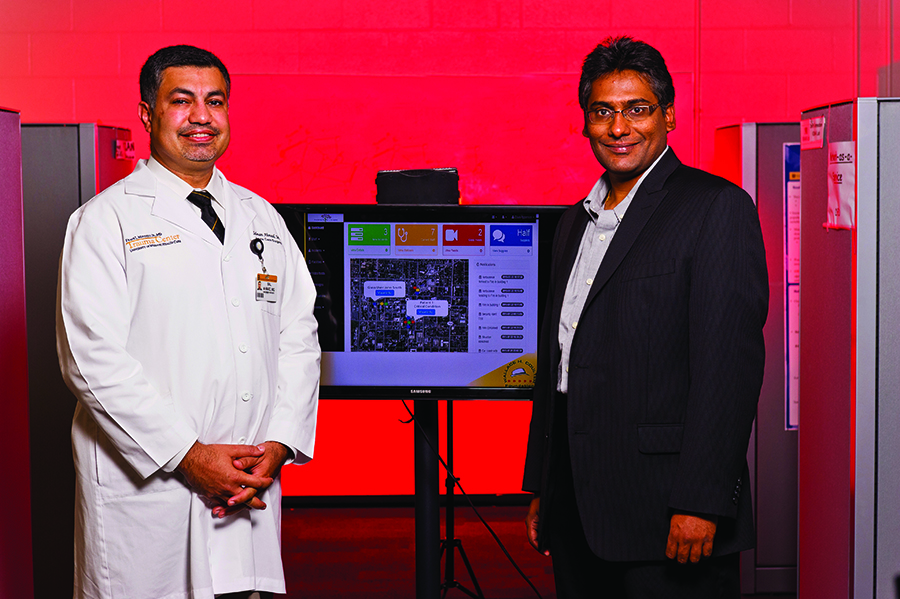
Panacea’s Cloud ready for prime time
Real-time data and information sharing is critical for first responders, especially in situations that don’t allow for ready-made internet access. And after years of research supported by the Coulter Translational Partnership (TP) Program and the National Science Foundation, coupled with a recent market research, an interdisciplinary Mizzou team has the solution.

Mizzou Engineering team building cloud computing ‘blueprints’
Many companies and researchers need cloud computing resources with various levels of computing power and security capabilities. But in several situations, the needs of similar companies or researchers mirror each other. So instead of taking the time and energy to build from scratch, how can cloud providers help their users build from “blueprints?” Mizzou Engineers have taken a new innovative and massive step toward that goal.

Mizzou Engineering’s Chadha protecting your data, identity
While hacking databases is the main way for interested parties to gain users’ personal information, it’s not the only possibility. Intrepid attackers can use perfectly benign means to do so. How? By using readily available aggregate data — for example: census data, medical data focused on how many people in an area suffer from a specific illness, consumer trend data, etc. — and using it to focus on specific individuals.
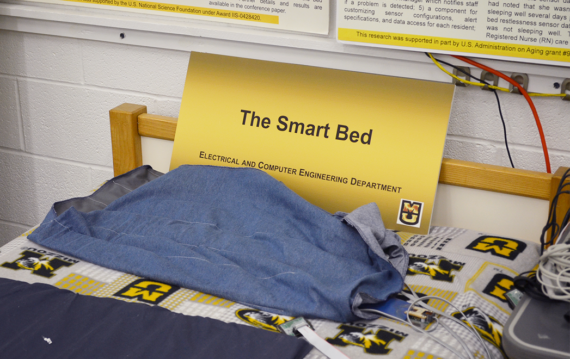
Getting to the heart of the matter
Compiled over time, the differences in peaks and valleys — called a waveform — in one’s heartbeat can tell medical professionals a lot about a person’s cardiovascular health. But what if you could measure the same thing without all of those invasive sensors attached to your body? Imagine that, instead, you could provide doctors that same data with a sensor located under a mattress or behind a couch cushion.
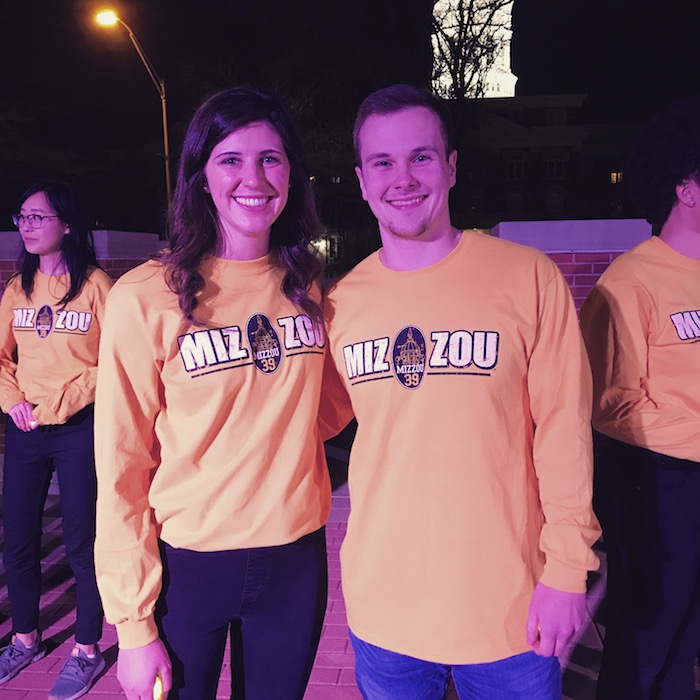
Engineering leaders emerge as part of 2019 Mizzou ’39 class
Mizzou ’39 recipients are among the best and brightest seniors MU has to offer. These are students equipped with the skills to lead on immediately after graduation and the resume to match. Two members of this year’s class are Mizzou Engineering students — Trent Wideman and Julia Wopata.

Develop[Her] focuses on supporting women in computing
Develop[Her] recently held its first meeting, with more than 40 interested students coming to Lafferre Hall to learn more about the nascent organization. Develop[Her] currently is working through the process to become officially recognized by MU and the College according to founders and Mizzou Engineering students Jamie Flores, Madison Williams and Paul Orton.
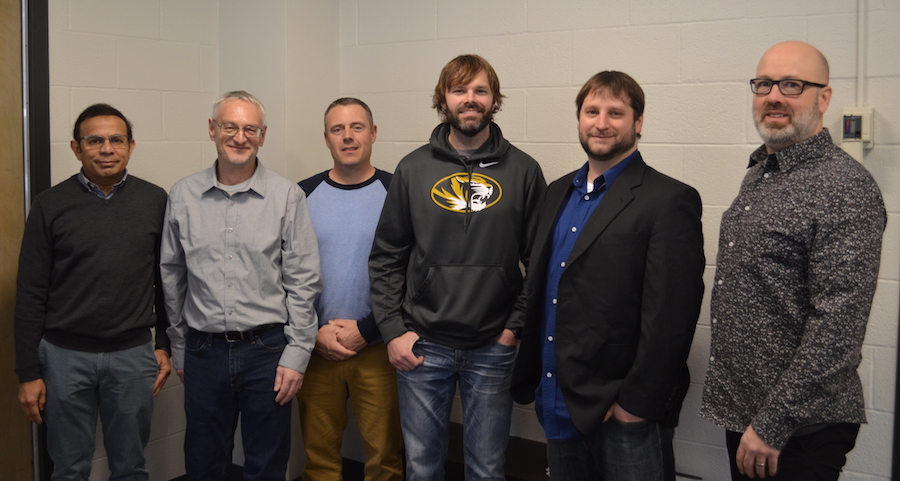
Shelter provides support to computing, IT student orgs
Getting involved with student organizations not only helps companies recruit high-quality interns and full-time hires, but also helps faculty and students adjust to the needs of an ever-changing workforce. That’s why Shelter Insurance recently made a donation to support three Computer Science/Information Technology student organizations at Mizzou.
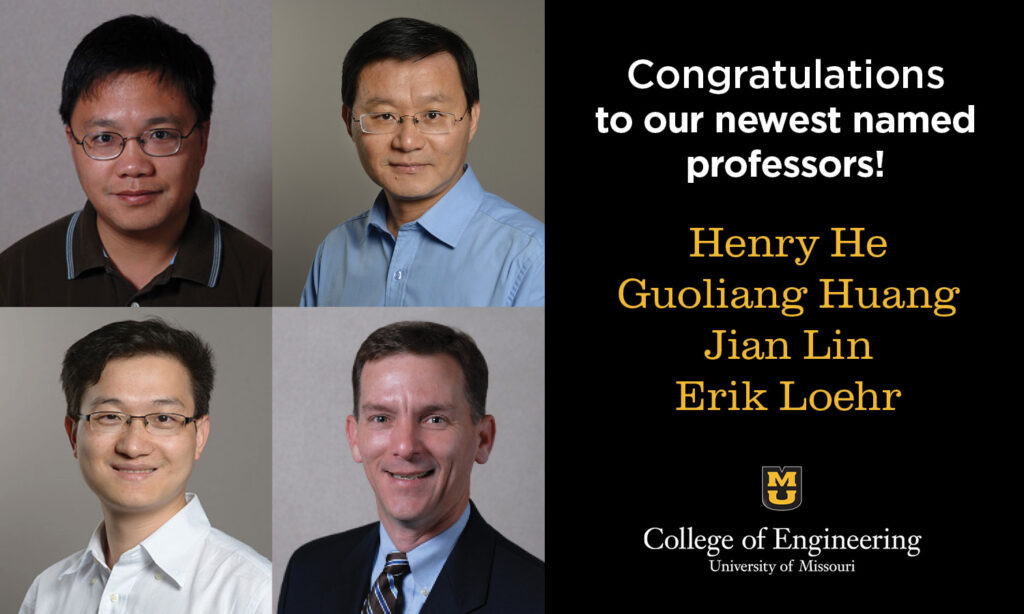
Four faculty receive named professorships
Last spring, faculty representatives from the College of Engineering developed a Faculty Honors Program to adhere to the campus guidelines for awarding faculty fellowships and honors. To select this year’s honorees, Dean Elizabeth Loboa sought recommendations from the College’s Dean’s Council for Teaching Excellence and Dean’s Council for Research Excellence.

Defense using pretense: MU Engineering team sets new cybersecurity paradigm
Instead of simply reacting to cyberattacks after they happen, Mizzou Engineering researchers developed a new approach — cyber “defense using pretense.”
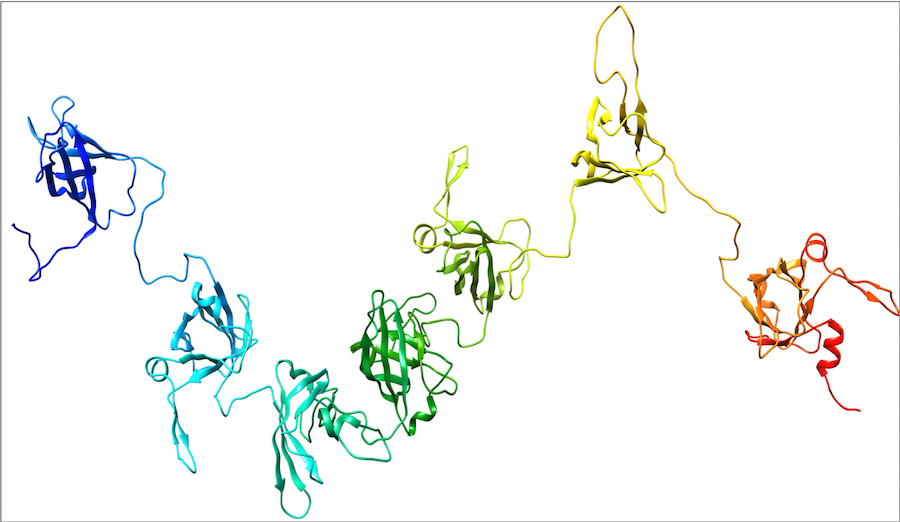
Mizzou team shines at computational protein prediction competition
Accurately predicting how protein sequences will fold into 3D structures is key to determining their biological function and essential in areas such as protein design, protein engineering, drug design, disease research, and precision medicine. MU Engineering William and Nancy Thompson Distinguished Professor of Electrical Engineering and Computer Science Jianlin Cheng and his MULTICOM team are at the forefront of this nascent field, with the accolades to match.